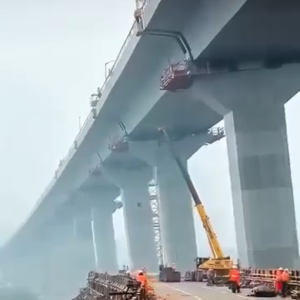Trump Deploys National Guard to Los Angeles Amid Violent ICE Protests
In early June 2025, President Donald Trump took the highly controversial step of deploying 2,000 federalized National Guard troops to Los Angeles, citing a wave of violent protests in response to ICE raids and immigration enforcement actions. The move has stirred national debate, not only for its timing but for the manner in which it was carried out — bypassing California’s state government entirely.
The protests erupted after a series of high-profile ICE raids led to several arrests and confrontations in Southern California. Activists and community members took to the streets in large numbers, with tensions escalating quickly. Multiple videos surfaced showing clashes between demonstrators and federal agents, along with reports that several ICE officers were injured. In response, Trump invoked Title 10 authority, which allows the federal government to take control of a state’s National Guard without the governor’s consent.
This action has not been taken lightly. It marks the first time since the 1960s that a president has used Title 10 in this way without declaring martial law or invoking the Insurrection Act. Civil rights groups, legal scholars, and state officials immediately criticized the decision. California Governor Gavin Newsom condemned the deployment as “dangerous, unconstitutional, and an abuse of power,” and vowed to challenge it in federal court. Los Angeles Mayor Karen Bass echoed those concerns, warning that the presence of federal troops could escalate tensions rather than calm them.
As of June 9, over 300 Guard troops have already been deployed in key areas of Los Angeles including downtown, Compton, and East L.A. Additional troops remain on standby. Protesters and civil liberties groups argue the deployment is a political stunt meant to bolster Trump’s law-and-order image ahead of the 2026 midterms, while supporters say it’s a necessary step to restore order.
Though federal officials claim the troops are only tasked with protecting ICE facilities and federal property, their presence has become a flashpoint. Critics warn of a slippery slope toward militarized policing and the erosion of state sovereignty.
In the coming days, legal challenges are expected to move forward, testing the limits of presidential authority and setting the stage for what could become a landmark case on federal overreach and civil liberties in modern America.



